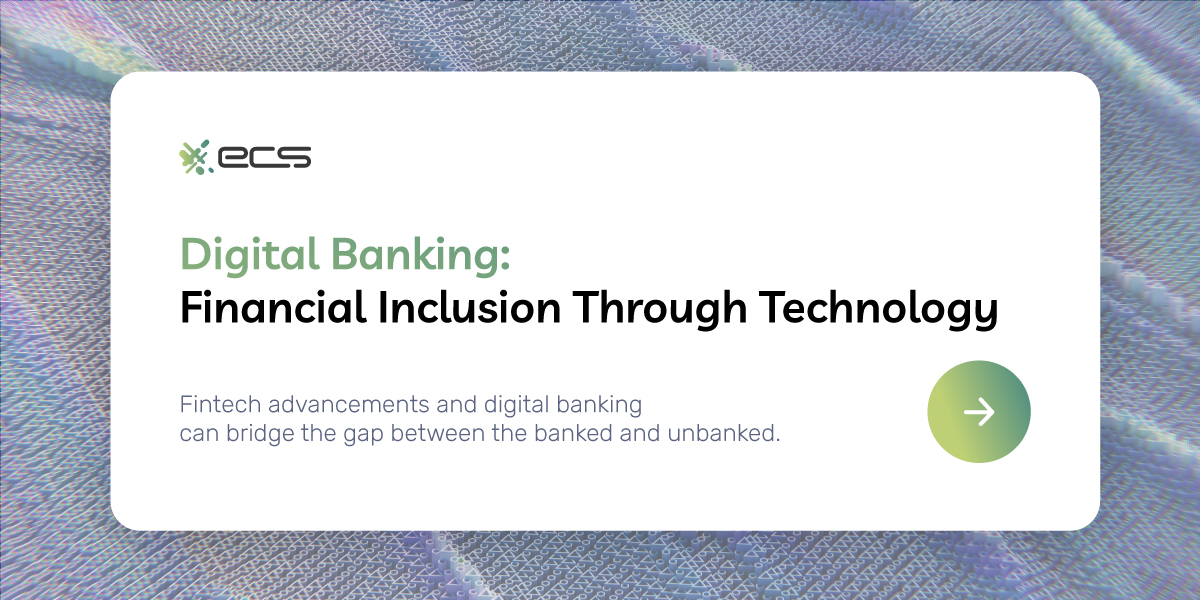Inclusion is one of the most significant cultural buzzwords today. While we won’t delve into the contentious realm of identity politics, we will discuss how financial technologies (fintech) and digital banking enable much-needed access for unbanked and underbanked populations.
Unbanked and Underbanked
Unbanked individuals are those without bank accounts. Around 6% of the U.S. adult population and 4.5% of households are unbanked (meaning nobody in the house is banked). These individuals rely on cash payments for their income. They most likely pay for all things with cash, cashier checks, or money orders.
In addition to (totally) unbanked individuals, around 13% of adults are “underbanked.” These adults might have a bank account but typically rely on other means for managing their finances. Just like the unbanked segment of the population, they might also rely on cash, cashier checks, money orders, or payday loans to stay afloat.
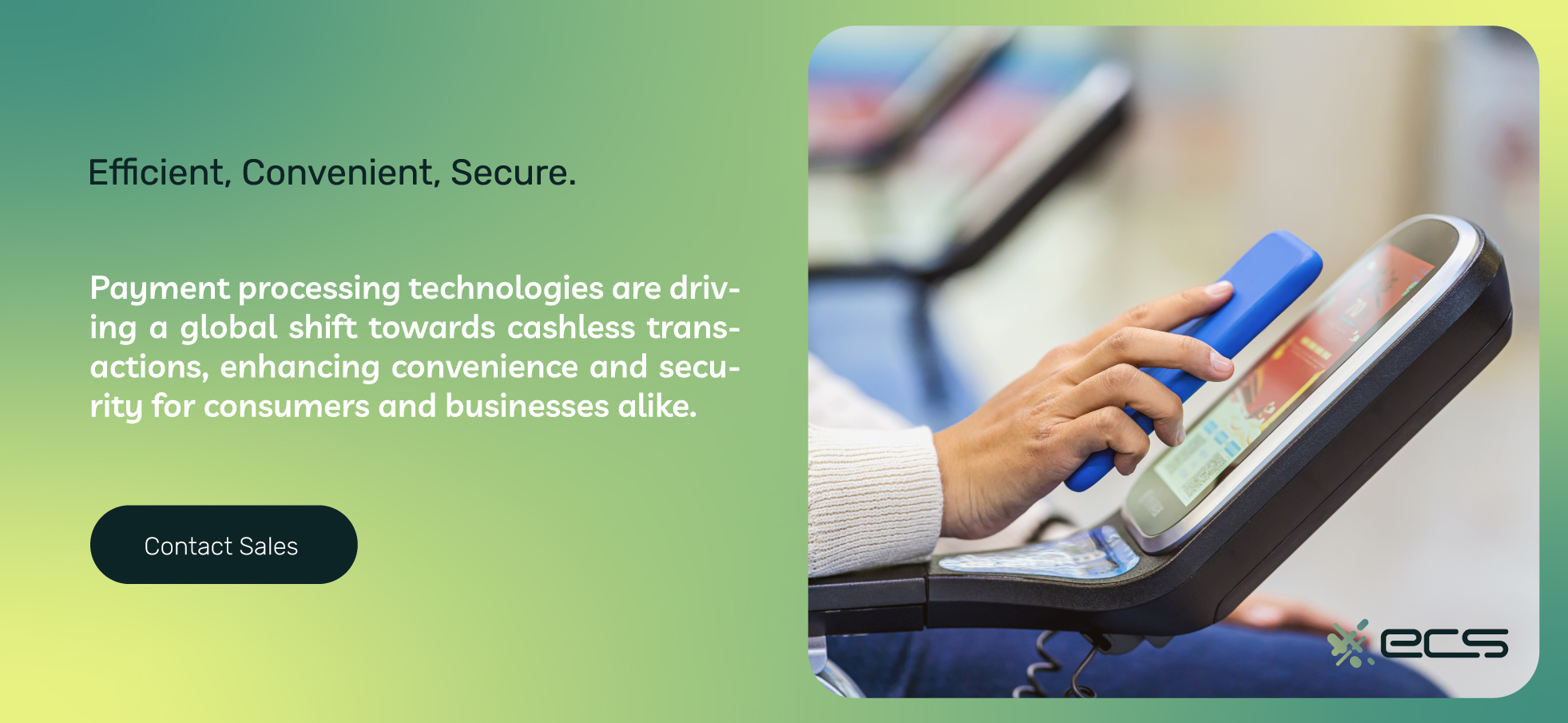
Do People Choose To Be Unbanked?
That’s an interesting question with a long answer worthy of a Ph.D. dissertation. Perhaps we’ll touch upon a few points here. Your first thought might be that unbanked individuals just aren’t near a bank. However, this does not seem to be the case.
A study of banked and unbanked individuals in the greater Los Angeles metro area found that 85% of the unbanked were so by choice. Technically speaking, they could have accessed a bank if they wanted to…they just didn’t.
An interesting discussion on PBS delved into questions of cultural distrust and legacies or racial tension, particularly focusing on the Mississippi Delta—where the unbanked rate of 11% is the highest in the country. But do these reasons apply to all consumers?
Reasons Why Some Consumers Remain Unbanked
Some individuals remain unbanked because they never have enough money to meet the minimum thresholds for opening an account. As soon as they’re paid, what little money they have goes to bills.
Even if they do, they might be incredibly intimidated to go into a bank and engage with the process of opening an account. There may be a history of bankruptcy or denial of previous financial products and services they applied for, which lends the whole affair a bad taste.
The Impact of Remaining Unbanked
Being banked is correlated with saving for the future. The study mentioned above of banked and unbanked populations in Los Angeles found that banked households were more than twice as likely to be paying their bills and saving for the future than the unbanked (24% to 11%). These findings were particularly interesting because all of the households in the study (banked and unbanked) were low-income households.
“It’s not how much money you make, but how much money you keep, how hard it works for you, and how many generations you keep it for,” Robert Kiyosaki wrote in Rich Dad, Poor Dad. Both the banked and unbanked households were making similar amounts of money.
But for some reason, banked individuals had an easier time meeting their financial obligations and planning for the future (e.g. saving money).
Being Banked and Long Term Planning
Saving on limited incomes demands budgeting, planning, and responsibility. When you have accounting statements, these traits are easier to live by—something only a bank can provide and that cash spending lacks entirely.
Another aspect of long-term planning is creditworthiness. Credit is necessary for buying a home or a car and (often) dealing with life emergencies such as medical surprises. Unbanked individuals will have a harder time with loan applications or obtaining other credit-based products. This is because there is no history of customer data to work with. Additionally, becasue credit obligations can pretty much only be paid from a checking or savings account.
The inability to establish a credit history is a corollary of remaining unbanked. The fallout of not subjecting oneself to credit scoring means no home ownership. There is likely a significant overlap between unbanked individuals, those who rent rather than own, and those who rely on public transportation rather than drive a vehicle of their own.
What is Financial Literacy?
Knowledge is power, they say…and to that end, financial literacy is financial empowerment. Financial literacy (as the above-cited Robert Kiyosaki writes) is not a topic taught so much in schools, if at all. As Kiyosaki points out, schools do not teach students how to write a business proposal, obtain a loan, or invest in anything.
These types of strategies are often generationally inherited. Children with parents who hold a mortgage, finance a vehicle, use credit cards, and have a 401(k) have these financial tools in their peripheral vision and are aware of them. Children of parents who do not have these things and pay for everything in cash will view that as the norm.
Banking introduces consumers to many of these financial products. Remaining unbanked further compounds this problem. A customer without a checking account cannot get a credit card. Without a credit card, they cannot learn about managing credit. And so on, and so on. Financial literacy informs consumers of topics like inflation and compound interest, which is where we’re headed next: to Costco…for a pickle jar.
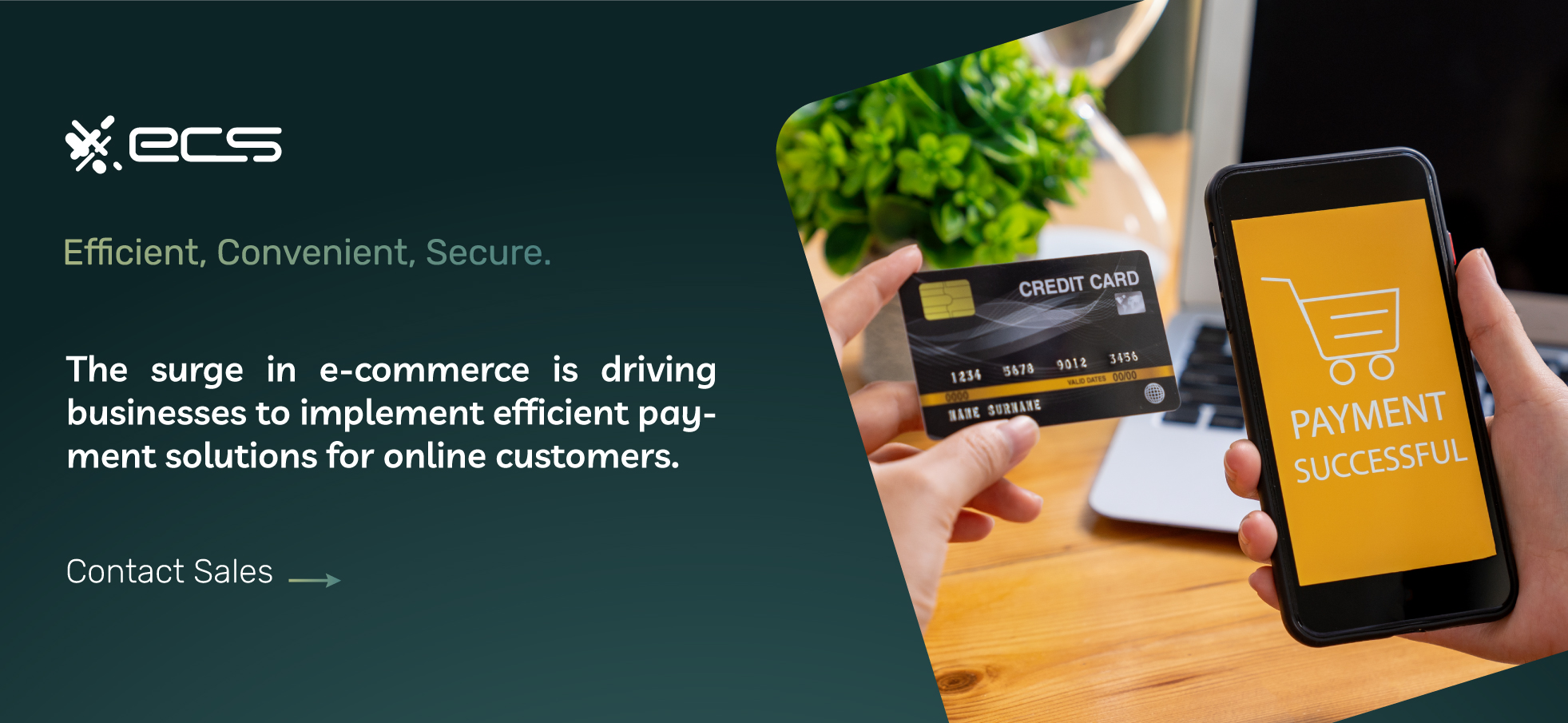
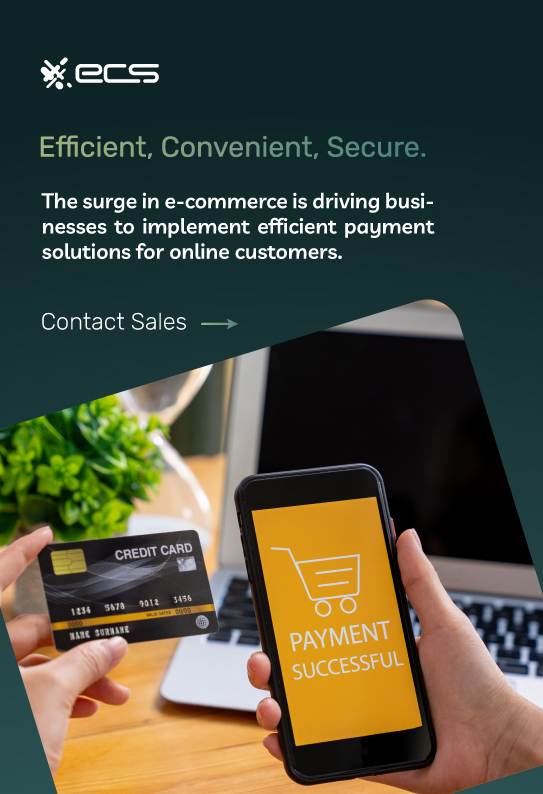
Banking Opens More Doors
To ponder the impact of remaining unbanked, let’s look at an example of a household that does save for the future. Suppose this household collects spare change into a giant, Costco-sized pickle jar. After a year of collecting pennies, nickels, dimes, and quarters, this household has amassed $500.
They take the pickle jar to a local Coinstar machine and convert that money into dollars, which are easier to store. These dollars go under a mattress, in a safe, or the back of a cabinet. Next year, they repeat the same process.
After forty years of doing this, assuming they don’t spend the money on anything and that it isn’t stolen, they’ll have accumulated an impressive $20,000. Not bad for pocket change. Unfortunately, it’s also not enough for retirement at all. Even for a very low-income household, it might be a year or half a year of income.
Inflation Broke Our Pickle Jar
But wait…it gets worse. Because of inflation, that money is actually losing value every year. The average rate of inflation between 1960 and 2022 was 3.8% per year, and a horrendous 8% in 2023. That essentially means their penny jar has 4% less purchasing power every year than it did the previous year.
If this household was banked, they could deposit the money into some type of managed brokerage account. Given the lack of financial literacy that seems to permeate unbanked and underbanked demographics, that may not be something they think of themselves. But, it would be something their bank or credit union thinks of.
Access to financial services means gaining access to economic growth. If the Costo pickle jars were dumped into a managed brokerage, growing at a modest 7% over the same time period, it would result in $106,804. Well, shucks…that’s a huge difference.
Unfortunately, it still may not be enough for retirement. But our story isn’t done yet… because we’re about to see how banking and fintech innovations can further help.
Conversation With A Banker About Digital Banking
Suppose that our Costco Pickle Jar family, once banked, had a conversation with a local banker. He or she might communicate the importance of saving for the future. The banker could guide this household to have their paychecks set up as direct deposit. They could also coordinate an automatic monthly withdrawal of even just $100 into their retirement account.
The bank’s mobile banking app can help them monitor their spending and identify where they could cut some corners. With a little dedication and sacrifice, they can make sure to put a Benjamin aside each month.
Now the picture looks different…instead of $500 per year in loose change, it’s $1,700. And instead of $107,000 at the end of the four decades, it’s $363,136. While that’s not a seven-figure nest egg, it could help bridge the gaps with social security, and it’s certainly a lot more than the $20,000 saved from depositing coins into a pickle jar.
Digital Banking Presents A Whole New World Of Possibilities
Our story is not done. With a snowballing nest egg in their account, this household is more attractive to potential lenders. With government support programs for first-time homebuyers, they might be able to get a mortgage by removing a portion of that nest egg without penalty.
They could also finance a vehicle (if they don’t already have one) to travel further and perhaps secure better-paying employment. As this family is finding out, life is much easier when you have money to pay for things. And it all started with walking into the bank.
But banking alone did not bridge the gap here. Banking mobile apps with an easy user experience also played a part in our story, helping the household take command of their budgeting and free up some cash flow for allocation towards retirement. Mobile banking apps are just one example of financial inclusion and the promotion of financial literacy.
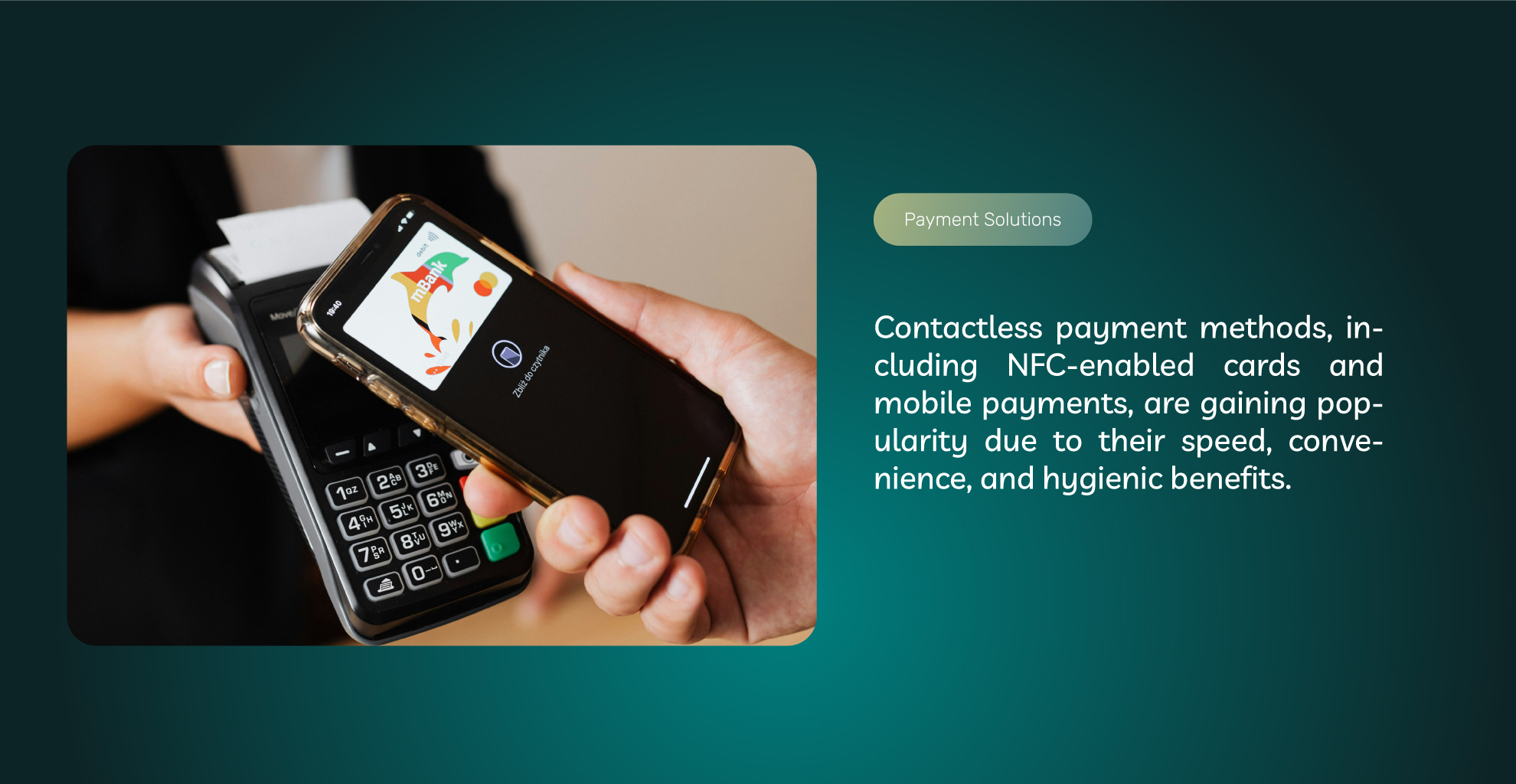
Fintech Apps And Digital Banking Democratizing Investing
In a related vein, investment apps are democratizing the stock market. Rather than set up recurring deposits into a bank-managed fund, our pickle jar family could sign up for an app like Acorns. This application rounds up the change on purchases made with a debit card and deposits the change into a brokerage account.
For underbanked individuals who do have a checking account with a traditional bank, downloading an app might be a significantly easier step than walking into the bank to meet with a financial planner. Apps like Acorns make it easy for consumers to invest in their future by automating investments and managing their funds.
In a similar vein, there are apps like Stash and Robinhood that have democratized Wall Street, to an extent, through fractional investing. These applications allow self-guided investors to buy a fraction of a share of stock. For instance, if they don’t have $168 to buy one share of Apple, they can buy $5 worth of it. Over time, they can accumulate an entire share(s).
Many apps also offer financial literacy programs to teach participants basic skills about cost-effective financial planning and investing. One space in which education is more prevalent is cryptocurrency. Cryptocurrency is already a fairly confusing idea, even to consumers with money to invest in digital coins.
Crypto can be downright confusing to consumers who can only invest in small amounts and lack financial literacy. Many crypto apps offer education about cryptocurrency and will even pay you (in coins) to learn about certain coins or concepts.
Cryptocurrency and Inclusion
Cryptocurrency as a fintech may also help out unbanked individuals in developing countries. Take Africa, for instance: a continent with many destabilized countries that may experience bouts of currency devaluation.
Cryptocurrency is international and not tied to any central government. Individuals using crypto can bypass the impact of geopolitics on fiat currency by using peer-to-peer (P2P) payments or peer-to-peer lending through digital wallets on their mobile phones.
Even the Economist has suggested that Africa is the next frontier for crypto, specifically in the mining space. As the bulk of crypto mining exits China (where Bitcoin was banned) and the United States, crypto mining may flourish in Africa. The process of “mining” crypto takes energy, and Africa is resource-rich, if underdeveloped.
Blockchain for financial inclusion may not be as exciting to crypto investors as other aspects of digital currency, but it will be interesting to see if Africa can emerge as a key player in the global digital economy in the years to come.
Rural Banking Solutions
Rural spaces in the United States (one of the most developed countries on earth) still lack adequate goods and services, including banking. However, consumers in these spaces can still get in a vehicle and drive to a far-away grocery store, bank, or doctor’s office “in town.”
The rural spaces in developing countries are in a much more impoverished plight. Many individuals do not have cars or even electricity. But thanks to developments like satellite internet and solar power, they may be able to engage with digital banking services.
Did you know that Africa is (in addition to being a crypto frontier) the world leader in digital payment platform usage? Sub-Saharan Africa has outpaced the entire world in terms of percentage growth for registered accounts (17% vs. 13%), active accounts (15% vs. 13%), transaction volume (21% vs. 19%), while remaining neck-in-neck for transaction value (22%).
For many years, Africa has struggled to develop a physical infrastructure on par with Westernized nations. But interestingly, mobile money solutions allow Africans to leapfrog the lack of a brick-and-mortar bank near them and engage in the global economy.
In particular, African farms are leaping to affordable payment systems to bypass the arduous and risky process of collecting cash payments in armored cars. In developing regions like Africa and much of India, many individuals engaging with emergent trends in digital payment and digital loan services are women entrepreneurs, creating a pathway in developing regions toward gender inclusion in finance.
Microfinance Technology
Individuals in remote areas can also benefit from digital savings and credit products. As mentioned, some consumers (even in urban areas) lack the established credit history necessary for obtaining loan products.
Microfinance technology is specifically designed to help consumers facing these gaps. This particular iteration of fintech can connect consumers with microloans, savings accounts, and even digital insurance products for those who cannot obtain normative policies.
There are some exciting developments in the U.S. in this space. Apps like Dave, Brigit, and Beam will give consumers $50 to $100 microloans. These consumers do need a checking account, so we would consider them “underbanked” as opposed to totally “unbanked.”
However, they are typically consumers who could not obtain a credit card due to their poor history and/or financial illiteracy. These applications connect to the customer’s checking account to analyze the spending and cash flow (cash in, cash out) and offer a loan accordingly. There is often no credit check and no impact on one’s credit.
Yet, when the customer pays the microloan back, the app reports that to the credit bureaus. It’s easier to pay back $50 than to pay down a credit card with a significant balance. This means that these apps can be an easy way for consumers lacking credit history to build up their credit score.
Other Innovative Credit Building Apps
Another interesting development in this space is applications that will provide consumers with a “credit line” they cannot use to reduce their utilization ratios and raise their scores. These apps can be particularly beneficial to consumers whose spending habits have destabilized their credit.
For instance, suppose a consumer has $1,000 in total credit lines, of which they’ve spent $999. This utilization ratio will look bad on their credit report, dropping their score and making it more difficult to get additional credit products (and perhaps even a new place to rent or a job, as sometimes landlords and employers do check credit scores).
At this point, the consumer cannot apply for another credit card because the bank will view them as too risky. They’re stuck with this utilization ratio—or are they? With this particular innovation in fintech, they can obtain up to $3,000 in “credit,” bringing their ratio down to 25%.
A financially savvy consumer might use an app like this to keep their score healthy, pay down some of their current balance, open a second card at another bank, and do a balance transfer to restructure their debt. But that, of course, requires some additional financial literacy.
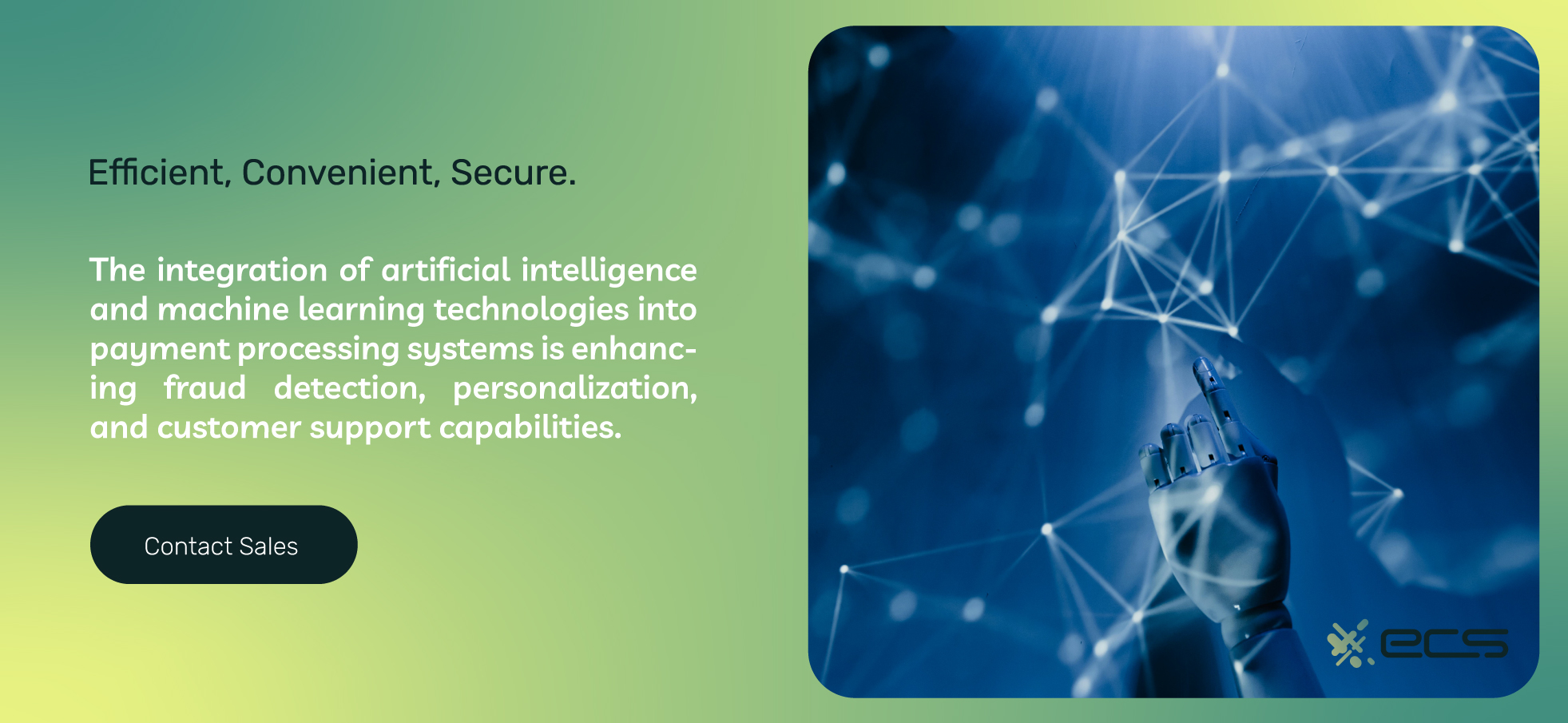
Visa, Mastercard, and Giving Back
Speaking of which, we should say that many exciting developments in democratizing fintech require financial literacy to be effective. That’s why companies like Visa and Mastercard are investing in programs to teach unbanked and underbanked individuals worldwide about money management skills.
Mastercard has committed to bringing one billion unbanked consumers into the digital economy by 2025, which is a rather ambitious goal considering it’s 12.5% of the global population. Mastercard supports 50 million small businesses and 25 million women entrepreneurs as part of that process.
How are they doing that, you might ask? From Kenya to Indonesia to the United Kingdom, Mastercard provides small business owners with hardware, training, tools, and even loans to keep their businesses running. They have programs dedicated to specific regions and verticals, such as Farm Pass in Africa and MicroMentor for Indonesian street peddlers.
Not to be outdone, Visa has its own initiatives. For over two decades, Visa’s financial literacy programs have helped millions of unbanked and underbanked individuals in 30 countries. Helping 500 million unbanked consumers access payment solutions is well-paired with the fact that 80% of Visa’s own employees participate in programs to give back to local communities.
You might be wondering… what’s in it for these fintech companies? Obviously, more transaction fees, as numerous business models get connected to a world of mobile wallets in a greater cashless society. However, even if profit margins are a motivator, it does not negate the digitization of payments and greater e-wallet accessibility facilitates financial inclusion at a previously unimagined, global scale.
Digital Banking WrapUp
The development of app-based technologies has opened a world of financial democratization, giving access to banking services for the unbanked and making it easier for the underbanked to participate in saving, investing, and managing their resources.
As you have seen from our citation of Visa and Mastercard, social justice causes (in this case, financial inclusion) are becoming a big part of consumer consciousness. Could your business participate in these democratizing trends, making it evident to customers that you give back to the community?
Frequently Asked Questions About Digital Banking and Financial Inclusion
Financial inclusion means fair and affordable access to financial products and services like banking and access to credit for all individuals and businesses.
Those who are un/underbanked lack access to traditional banking services, face high costs associated with alternative financial services, have difficulty saving for the future, and are unable to build credit.
Fintech provides new and innovative financial products and services that are less costly and easier to access for underserved populations.
Some examples of fintech apps making investing more accessible include Acorns, Stash, and Robinhood.
